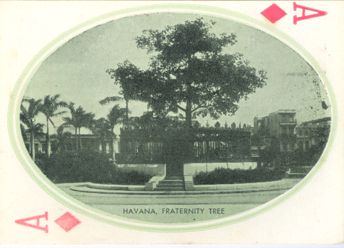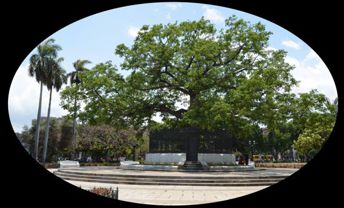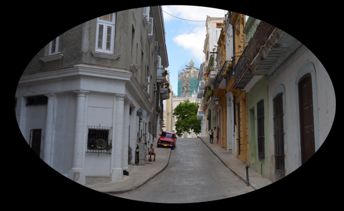|
|
|
|
On February 24, 1928, a ceiba tree was planted in the middle of the park with soil from each of the countries attending the Sixth Pan American International Congress. It's known as the Fraternity Tree of the Americas and it must have been about 5 or 6 years old in the first picture. Well, it has grown in the mean time. |
|
|
|
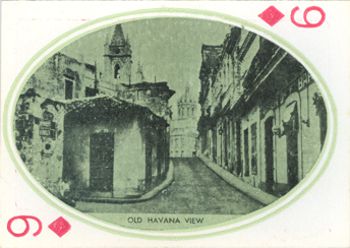 |
|
The tower of the Presidential Place was a good reference point, so finding this street was quite easy, but the view had changed. The old, low building on the corner had been replaced by a much higher one and the tower of the nearby church isn't visible anymore. |
|
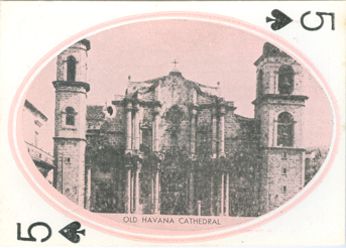 |
 |
|
The old Cathedral is situated on the Plaza de la Catedral, where else, and worth a visit. Especially when it's 33 degrees Celsius outside. Then a church a always a nice, cool place to be. |
|
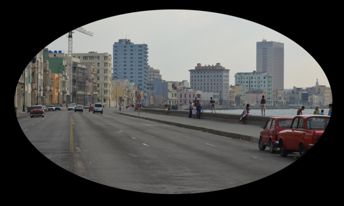 |
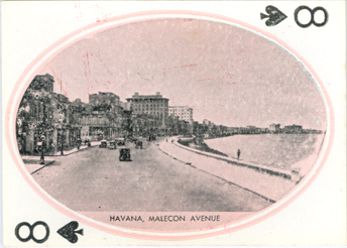 |
|
I did this one by heart, so the angle isn't the same. I should have walked a bit further on "El Malecon", as the Cubans refer to it. But some of the old buildings are still there. Now backed by new higher apartment buildings. |
|
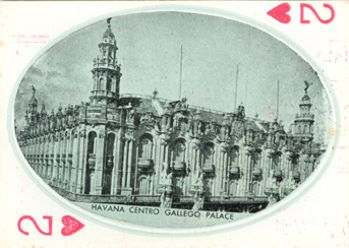 |
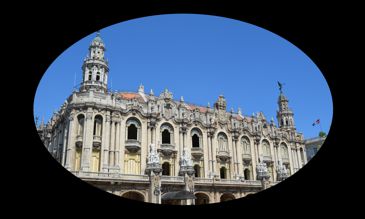 |
|
Today it's known as the "Gran Teatro de la Habana", but the palace was originally build as a place of social reunion for Galician immigrants, the "Centro Gallego Palace". It was opened in 1838, but destroyed in 1914. The rebuilding took about a year and it became a public theatre. Now it's the home of the National Ballet. |
|
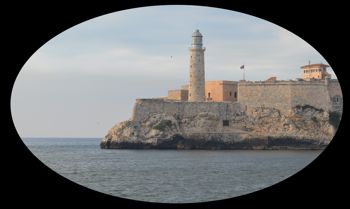 |
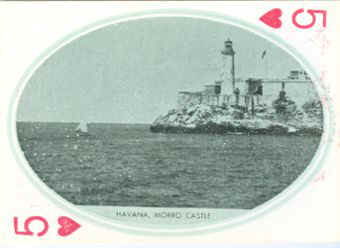 |
|
Build in 1589 by the Spanish, the Morro Castle still guards the entrance of the bay of Havana. |
|
